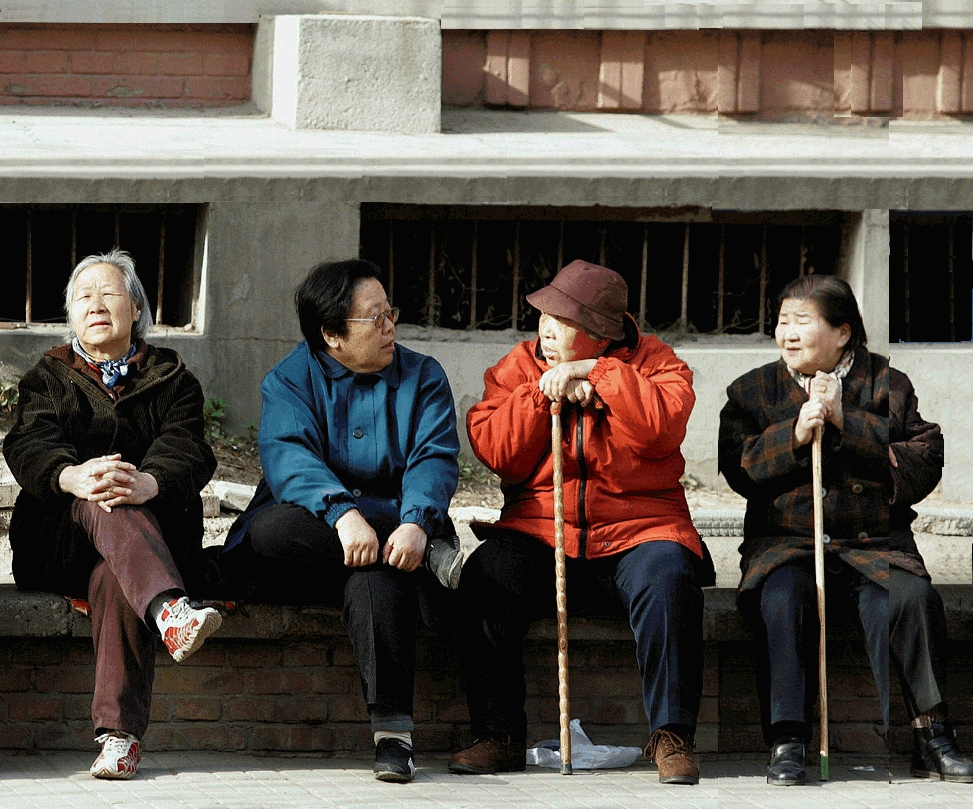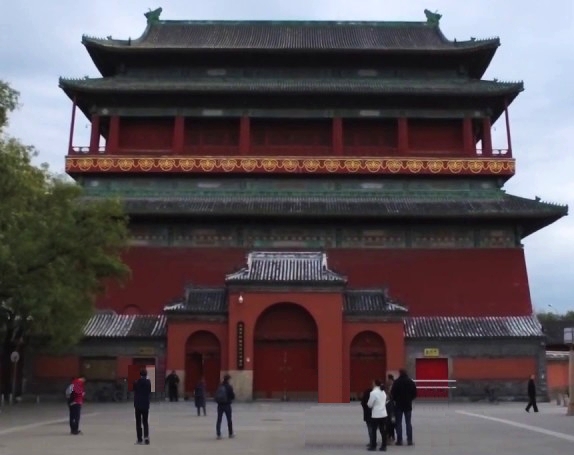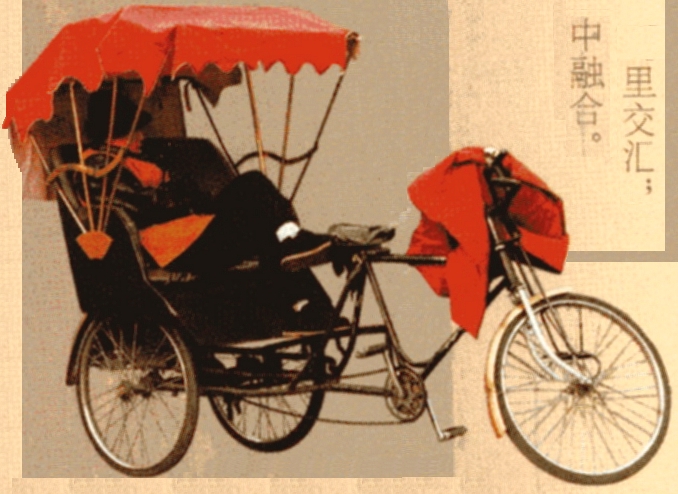HISTORIC DISTRICTS
a walk through old city districts shows many temples, which usually have a statue or a memorial or a smoke-provider in front.
sometimes old bells can be seen. the entrance to a religious area is always decorated with colorful icons, inscriptions and name sign. inside is often a statue or figurine of a divine being.
in the area around the forbidden city are also temples for other religions, such as buddhism, built as stupas, some very large.
there are unusual restaurants, established in a historic building. very popular is a boat on the lake west of the forbidden city.
a rather different impression comes up when visiting quarters of 'normal' and probably unwealthy citizens. the buildings are modest, although the facade with the entrance door is often imposing. and bicycles are everywhere.


in the larger streets are lots of shops. there are also kiosks which offer nice 'art' pieces and many kitchy things.
restaurants are in many styles, from very simple to haughty. the better ones have artful tables and seats.
in small-scale galleries and art shops both traditional and modern paintings can be seen, here are a few examples.

around the forbidden city are also large buildings, mainly governmental establishments.
the most prominent ones are the bell tower and the drums tower. they are located north of the forbidden city and stand near to each other. they were built in 1272. their height: 33 and 47m. until 1924 the bell tower with its huge bell (7m high, weight 63 tons) was Beijing's official time device.

now to music! classic as well as temporary music are played in many bistros and restaurants. it was especially exciting to hear the sound of classic instruments, like from the trio shown below.
finally, bicycles - there are millions in beijing, and three-wheeled ones are very common as quasi-taxis, driven by a "human motor".

